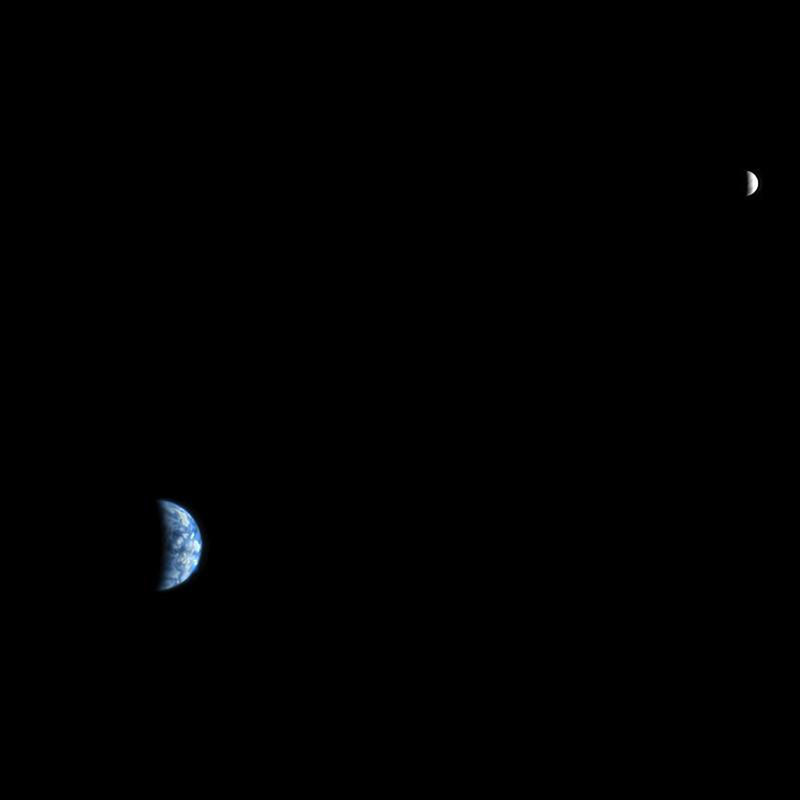
You may feel like you are “just sitting still,” but this is an illusion created by the way gravity holds you to the surface of our planet Earth. In fact, we are all traveling through the universe in many different ways. For example, you probably already know that you are spinning around Earth’s axis as our planet rotates and traveling around the Sun as our planet orbits. In this section, we’ll explore these and several other motions of our “spaceship Earth.”
Section Learning Goals
By the end of this section, you should be able to give detailed answers to the following questions:
- How Earth is moving in our solar system?
- How is our solar system moving in the Milky Way Galaxy?
- How does our galaxy move relative to other galaxies in the universe?
Before you continue, take a few minutes to discuss the above Learning Goal questions in small groups or as a class. For example, you might discuss what (if anything) you already know about the answers to these questions; what you think you’ll need to learn in order to be able to answer the questions; and whether there are any aspects of the questions, or other related questions, that you are particularly interested in.
Journal Entry
Create a journal page for “Spaceship Earth.”
For your first entry on this page, write down this question: “Does the Sun really rise and set each day?” Then state your answer as yes or no, and write a few sentences explaining your choice.
Because we are asking students to complete this journal entry before we discuss rotation in detail, at this point they should just take their best stab at answering the question. Then use their answers to steer your discussion in the next subsection. Note that both answers (yes and no) can be legitimately considered correct if explained properly:
- The answer is “yes” if we think about how it appears in our sky.
- But it is “no” if we think about what is really going on in space (that is, from an “outside” view), since it is Earth’s daily rotation that makes the Sun appear to rise and set.